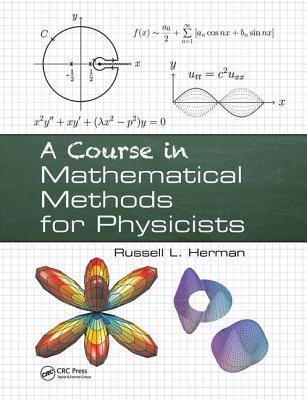Recall that the alternating harmonic series converges conditionally. a. From the Taylor series expansion for (f(x)=ln (1+x)),
Question:
Recall that the alternating harmonic series converges conditionally.
a. From the Taylor series expansion for \(f(x)=\ln (1+x)\), inserting \(x=1\) gives the alternating harmonic series. What is the sum of the alternating harmonic series?
b Because the alternating harmonic series does not converge absolutely, a rearrangement of the terms in the series will result in series whose sums vary. One such rearrangement in alternating \(p\) positive terms and \(n\) negative terms leads to the following sum \({ }^{10}\) :
\[\begin{aligned} & \frac{1}{2} \ln \frac{4 p}{n}=\underbrace{\left(1+\frac{1}{3}+\cdots+\frac{1}{2 p-1}\right)}_{p \text { terms }}-\underbrace{\left(\frac{1}{2}+\frac{1}{4}+\cdots+\frac{1}{2 n}\right)}_{n \text { terms }} \\ & +\underbrace{\left(\frac{1}{2 p+1}+\cdots+\frac{1}{4 p-1}\right)}_{p \text { terms }}-\underbrace{\left(\frac{1}{2 n+2}+\cdots+\frac{1}{4 n}\right)}_{n \text { terms }}+\cdots \end{aligned}\]
Find rearrangements of the alternating harmonic series to give the following sums; that is, determine \(p\) and \(n\) for the given expression and write down the above series explicitly; that is, determine \(p\) and \(n\) leading to the following sums.
i. \(\frac{5}{2} \ln 2\).
ii. \(\ln 8\).
iii. 0 .
iv. A sum that is close to \(\pi\).
Step by Step Answer:

A Course In Mathematical Methods For Physicists
ISBN: 9781138442085
1st Edition
Authors: Russell L Herman





